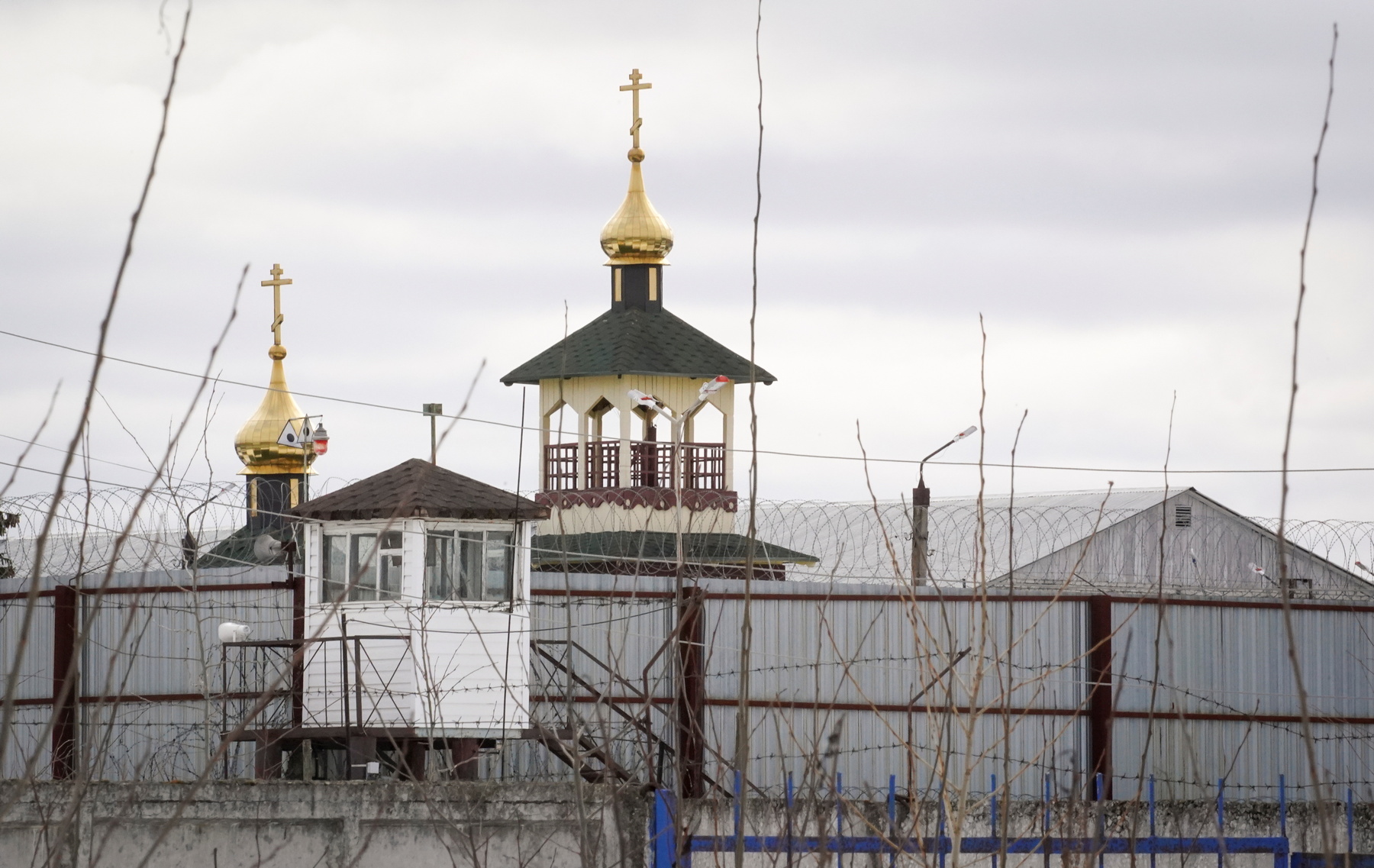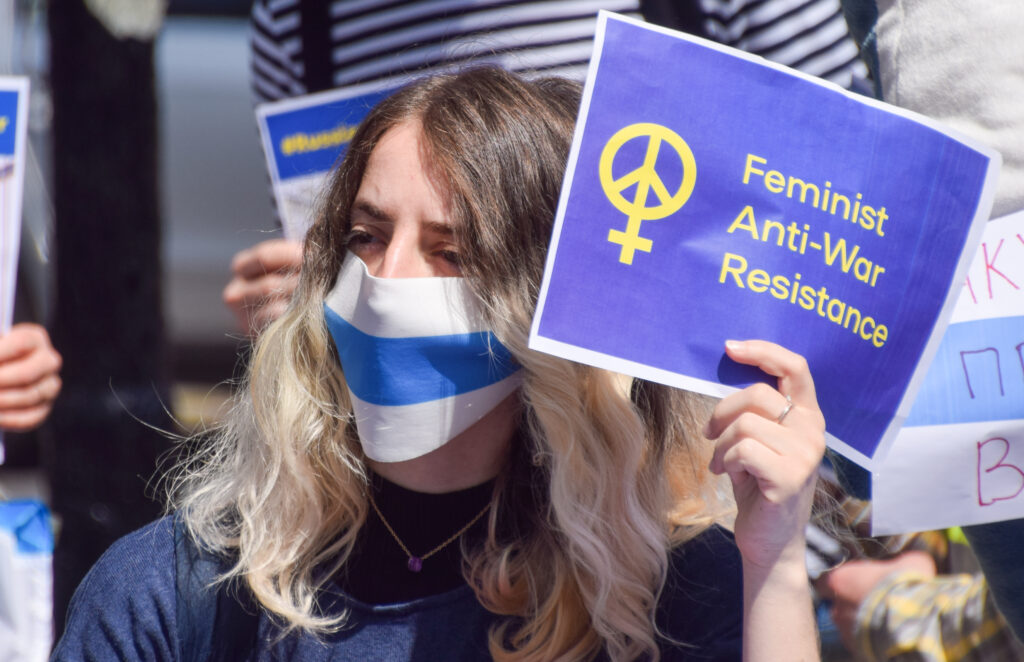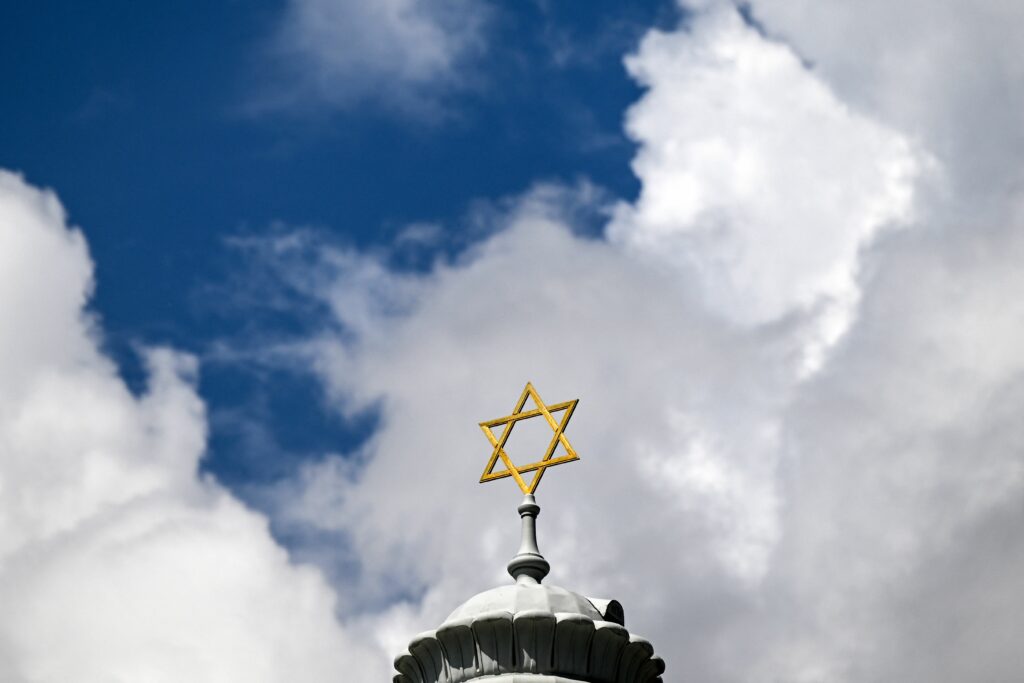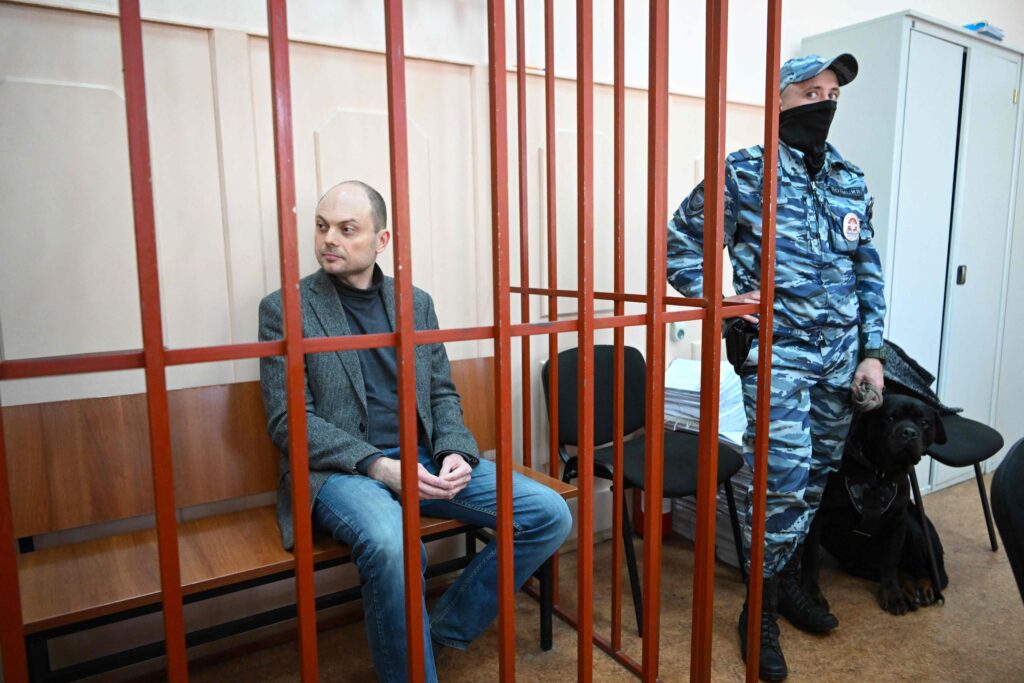Alexei Navalny is certainly Russia’s most famous current political prisoner. Yet calling him that is now contentious. The Russian political activist, following his recent return to Russia, has been sentenced to two and a half years in a penal colony for violating his probation on his 2014 sentence of embezzlement. The European Court of Human Rights (ECHR) swiftly denounced that judgement, known at the time as the Yves Rocher case. The ECHR found it to be “arbitrary and manifestly unreasonable.” So the human rights watchdog Amnesty International initially agreed, granting him the status of “prisoner of conscience.” But this status has since been revoked: the result of a pressure campaign.
Amnesty International uses ‘prisoner of conscience’ as a label for people who have “not used or advocated violence but are imprisoned because of who they are (sexual orientation, ethnic, national, or social origin, language, birth, color, sex or economic status) or what they believe (religious, political or other conscientiously held beliefs).” An Amnesty representative said it removed Navalny’s status as one after being “bombarded” with complaints about his past xenophobic and racist remarks. Amnesty maintains, however, that his imprisonment was politically motivated, and that the organization will continue to campaign for his immediate release.
Most human rights organizations tracking political imprisonment define political prisoners broadly — they could be peaceful; they could be inciting violence. Amnesty has a narrower definition, however, which has its own place in history.
Amnesty, Sakharov, and the history of prisoners of conscience
Its foundational term, prisoners of conscience, was first used to describe two students jailed for raising a glass to freedom in a restaurant in authoritarian Portugal. Soon after, it came to be used in the context of the Soviet Union, referring to dissidents imprisoned for peacefully expressing their beliefs.
Central in the campaign for fair treatment for political prisoners in the Soviet Union was the Soviet scientist and dissident Andrei Sakharov; he was the first person to begin publicly listing all known political prisoners in the Soviet Union with the international press in the 1970s. He would continue to do so throughout his own period of domestic exile in the city of Gorky from 1980 to 1986. Among them, he often included the names of several editors of the samizdat publication Chronicle of Current Events — Alexei Smirnov; Natalya Gorbanevskaya; Sergei Kovalev; Yuri Shikhanovich. He added members of national movements of non-Russian peoples in the Soviet Union — Mart Niklus, Merab Kostava, Mustafa Dzhemilev. And he took stock of other human rights activists, like several members of the Moscow Helsinki Group, such as Genrikh Altunyan, Anatoly Koryagin, Tatyana Osipova, and Ivan Kovalev.
Among the prisoners of conscience of the Soviet era, most were imprisoned under criminal provisions concerning flight abroad (Art 64), anti-Soviet agitation (Art 70), participation in anti-Soviet organizations (Art 72), violation of the separation of church and state (Art 142), circulations of anti-Soviet defamatory falsehoods (Art 190-1), and infringement upon rights of citizens by performing religious ceremonies (Art 227). More than just sentencing activists and religious people to lengthy prison time, the late socialist-era method of removing anti-Soviet elements in society was also noted for making questionable psychiatric diagnoses during trials, often resulting in longer or indefinite confinement in psychiatric hospitals in dehumanizing conditions.
Many of the USSR’s political prisoners were rehabilitated either during glasnost or after the collapse of the Soviet Union; the fates of still more became known to the public during these years. Mass pardons were carried out in waves over several years, like the release of 140 political prisoners sentenced for anti-Soviet agitation in 1987. Many more were posthumously rehabilitated.
The liberation of Soviet dissidents was a pragmatic move. It allowed Gorbachev to broaden his perestroika coalition. At the same time, his decision represented a step toward public acknowledgement of political prisoners’ mistreatment throughout Soviet history. As the KGB’s archives were opened, and the true numbers and extent of Soviet state violence came to be known, the RSFSR Supreme Soviet granted a blanket amnesty to political prisoners of the Soviet era. In some cases, that included financial compensation. There was even an official day of remembrance introduced for victims of political repression, which continues to be celebrated on October 30th. However, as Human Rights Watch reported in 1992, not all political prisoners of the Soviet era were included in these mass rehabilitations. Up to 23 Soviet-era political prisoners remained imprisoned after these amnesties.
Russia’s political prisoners today
Today’s Russia is largely a changed picture from the labor camps and psychiatric hospitals of generations past. Citizens of the Russian Federation may freely leave their country, pray in public, or express their views in public forums; in most cases these acts are relatively non-contentious. Still, monitoring by the Memorial Human Rights Center shows that the number of political prisoners has been growing over the past several years. It has risen from 121 in 2017 to 373 in 2021 (including people persecuted for both religious and political beliefs). The number of people under politically motivated criminal pursuit without imprisonment shows an even more dramatic growth by more than ten times, from 39 in 2017 to 398 today. As Vladimir Kara-Murza has noted, these figures mean that Russia now holds more than twice the number of prisoners of conscience as initially reported by Sakharov in 1976.


Russia’s political prisoners can be separated into categories. A first category are people imprisoned for publicly expressing political beliefs, especially at protests – many of them were arrested at the July 2019 “riots” in Moscow and others at more recent protests over the last year or so. The articles used to convict these prisoners vary from minor charges like participation in unregistered protests to more grave ones such as violence against police officers. (The actual extent of violence committed by these individuals is questionable at best.)
A second category includes minorities imprisoned for their religious beliefs; these make up the largest percentage of prisoners in Russia today. Notably, Aleksandr Gabyshev, the Siberian shaman who walked across Russia in a quest to “exorcise” Putin from power, has been committed to a psychiatric hospital twice in the last two years, a punishment reminiscent of the use of corrective psychiatry in the Soviet era.
But other examples of repression of religious and ethnic minorities abound in the Russian Federation today. Especially when it comes to Islamic organizations labeled terrorist groups, according to Russian law. Members of Hizb-ut-Tahrir (the Party of Islamic Liberation), deemed a terrorist group by Russian law despite little evidence of its associations to any terrorist or other violent activity either in the country or internationally, represent an astounding proportion of people convicted for religious or political motives. 208 people are currently imprisoned for their associations with this group. The Jehovah’s Witnesses, meanwhile, designated as an extremist organization in Russian law, have another 38 people imprisoned for peaceful religious beliefs.
Thirdly, many other people are also pursued as extremists or terrorists for political rather than religious motives in Russia. In this category, a number of people convicted as terrorists – from the “New Greatness” group to the “Sevastopol saboteurs” – allege that they were pressured to carry out terrorist acts or make extremist statements by FSB agents; in the former case, a chat group was infiltrated by security service members who entrapped group members intro making extremist statements. In the case of the Sevastopol saboteurs, FSB agents are alleged to have threatened the prisoners’ families.
A fourth and final category comprises the archetypal inconvenient activists who are criminally pursued less for having violated Russia’s Criminal Code, but more because of their public affiliation with organizations problematic to the Kremlin. Several well-known political oppositionists, including Ilya Yashin and Boris Nemtsov, received the designation of ‘prisoner of conscience’ in the past. Today, many people in this category currently serving sentences might not meet Amnesty’s standards for that label.
Notably, Memorial’s own historian of the Gulag, Yuri Dmitriev, is currently serving a 13-year sentence in a high-security prison for child sexual abuse and illegal firearms possession. He was initially acquitted of the charges in 2018, the acquittal was overturned after state investigators questioned his adopted daughter about allegations of sexual molestation. That was a change of tack that Memorial believes is part of a wider propaganda campaign to discredit its work.
A key difference with the prisoners of conscience of the Soviet era is that to justify repressing people for their political beliefs, the current Russian government sees it necessary to vilify political prisoners first. Current political prisoners in Russia are commonly framed as unpatriotic, corrupt, extremist, or violent by prosecutors and state media. That makes it difficult to build a campaign in any political prisoner’s name. Even harder is how once many of these prisoners are put away, they are slowly forgotten by the news cycle.
In a country where acquittals make up less than 1% of criminal case outcomes, political prisoners only make up a small sliver of all people sentenced without a fair trial. The abuses of power that Memorial reports in the cases of political prisoners – improper questioning of defendants, the overuse of “secret witnesses”, falsification of evidence, entrapment, or myriad breaches of due process – are also true for a much broader proportion of the Russian criminal population.
The right to a fair trial is something deserved regardless of circumstance or past vitriol. When the circumstances of a case are often purposely muddled and political prisoners are intentionally disparaged in coordinated campaigns, Amnesty’s focus on prisoners of conscience may not be fit for purpose. After all, political prisoners shouldn’t have to be martyrs or even innocents to deserve basic human rights. Even where Russian prisoners aren’t innocent, they are more often than not prosecuted less for the crimes they committed than for how they were unlucky enough – or outspoken enough – to get caught up in a Kafkaesque criminal system.










